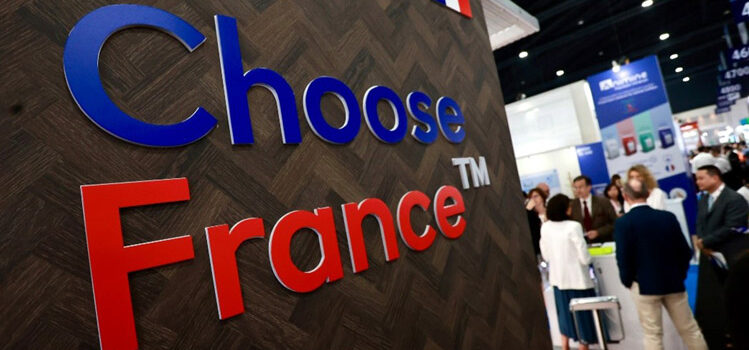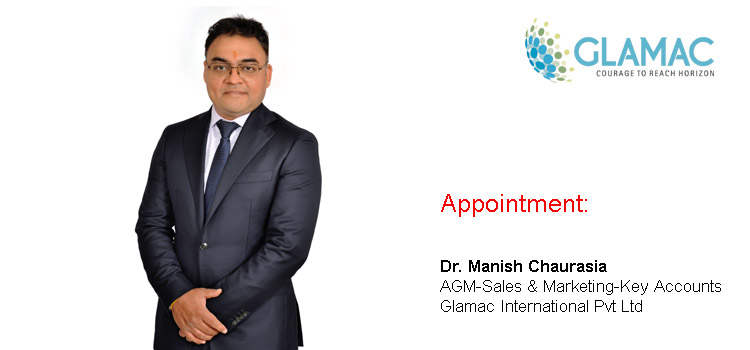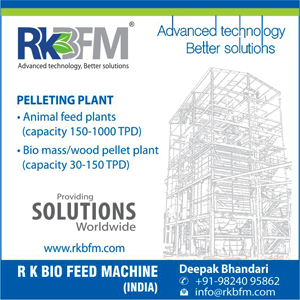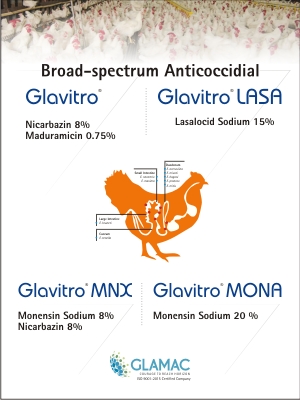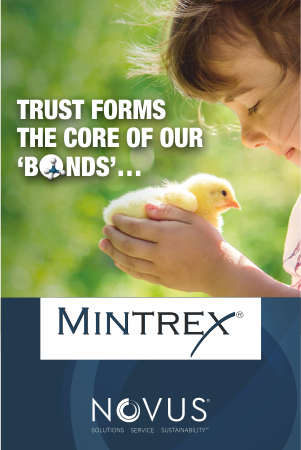In the ever-evolving landscape of the Indian poultry industry, one name stands out as a beacon of innovation and leadership – Mr. O.P. Singh. His humble beginnings mark the curious brain of a technophile while exploring the depths of biochemistry to his transformation into a visionary entrepreneur, his journey exemplifies the seamless fusion of scientific expertise and business acumen.
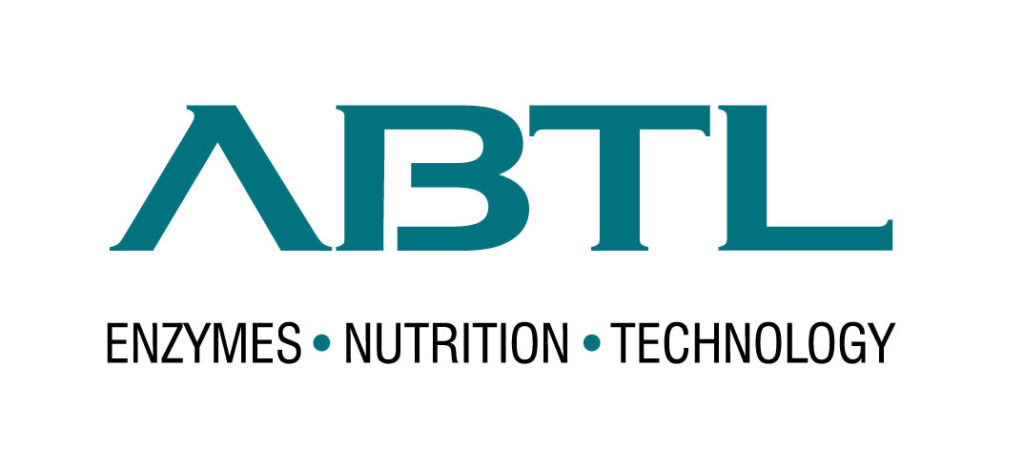 As the Managing Director of ABTL, Mr. O.P. Singh has not only revolutionized poultry nutrition but also set new benchmarks in sustainability, technological advancement, and global industry leadership.
As the Managing Director of ABTL, Mr. O.P. Singh has not only revolutionized poultry nutrition but also set new benchmarks in sustainability, technological advancement, and global industry leadership.
His career trajectory underscores a deep-rooted belief: scientific research, when translated into practical solutions, can drive meaningful industry progress. “As a scientific leader, I was always passionate about innovation,” says Mr. Singh. “But I realized that research alone is not enough—it must be translated into real-world solutions that every stakeholder, from large integrators to small farmers, can access at their doorstep.
A Vision for a Sustainable Poultry Industry
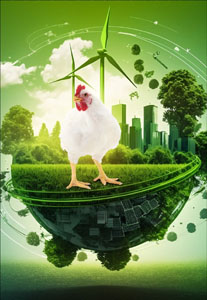 The poultry industry faces numerous challenges, from disease management to sustainability & productivity enhancement. Recognizing these complexities early on, Mr. O.P. Singh dedicated himself to developing and commercializing innovative feed additives and health solutions that not only improve poultry performance but also align with sustainable farming practices. “Our goal has always been to create advanced solutions that cater to both local and global market needs,” he explains.
The poultry industry faces numerous challenges, from disease management to sustainability & productivity enhancement. Recognizing these complexities early on, Mr. O.P. Singh dedicated himself to developing and commercializing innovative feed additives and health solutions that not only improve poultry performance but also align with sustainable farming practices. “Our goal has always been to create advanced solutions that cater to both local and global market needs,” he explains.
“Through constant research, data-driven results, and farmer education, we have been able to introduce pioneering enzyme-based feed solutions that optimize livestock nutrition and enhance sustainability”.
Academic Foundations: The Science Behind the Success
Mr. Singh’s academic journey laid a strong foundation for his future achievements. He earned a Master’s degree in Biochemistry from the prestigious Banaras Hindu University (BHU), equipping him with an in depth understanding of molecular and enzymatic processes. To complement his scientific expertise with business strategy, he pursued a Master’s in Business Administration from Kellogg’s School of Management, USA. This rare combination of scientific depth and business acumen would later prove instrumental in bridging the gap between research and commercialization an asset that would define his future endeavours.
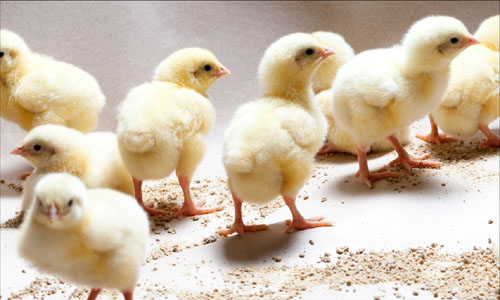 As a scientific leader, I was always passionate about innovation,” says Mr. Singh. “But I realized that research alone is not enough—it must be translated into real-world solutions that every stakeholder, from large integrators to small farmers, can access at their doorstep.
As a scientific leader, I was always passionate about innovation,” says Mr. Singh. “But I realized that research alone is not enough—it must be translated into real-world solutions that every stakeholder, from large integrators to small farmers, can access at their doorstep.
Overcoming Industry Challenges with Innovation
“The Indian poultry industry holds immense potential, but navigating regulatory hurdles, strengthening the supply chain, addressing price sensitivity, and ensuring biosecurity are critical challenges,” Mr. O.P. Singh notes. “Our focus has always been on localizing global expertise to meet India’s unique market needs, fostering strong partnerships with integrators and farmers, and driving innovation for cost-effective, high-performance solutions.” He also emphasizes the importance of investing in brand trust and consumer awareness to promote safe, high-quality food. “Ultimately, our goal is to build consumer confidence, ensuring a thriving poultry ecosystem that supports the food chain and future generations.
Establishing Industry Giants and Pioneering Enzyme-Based Nutrition
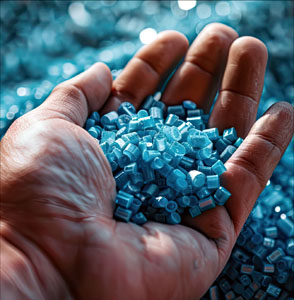 Early in his career, Mr. Singh played a pivotal role in establishing major poultry brands. He is a trailblazer and expanded avenues to strengthen Indian poultry industry to leave its mark globally.
Early in his career, Mr. Singh played a pivotal role in establishing major poultry brands. He is a trailblazer and expanded avenues to strengthen Indian poultry industry to leave its mark globally.
“When we introduced enzyme-based feed solutions at ABTL, the concept was still in its infancy in India,” he recalls.
“The industry was heavily dependent on conventional feed formulations, and there was little awareness regarding enzymology and the scientific application of fermentation technology in animal nutrition. We worked relentlessly to educate the market, demonstrating the tangible benefits of enzymes through extensive trials and data-driven results.”
ABTL: A Game Changer in Poultry Nutrition
Driven by a relentless pursuit of excellence, Mr. Singh ventured into enzymology and its applications in animal feed—a relatively unexplored domain at the time. With this vision, he laid the foundation for ABTL, pioneering the use of enzymes in feed to enhance efficiency and sustainability. This groundbreaking approach, initially ahead of its time, eventually gained widespread acceptance, positioning ABTL as a leader in biotechnological solutions for animal health and nutrition. Under his leadership, ABTL has witnessed remarkable growth, expanding beyond India into Southeast Asia, including Sri Lanka, Vietnam, Nepal, Oman, and Bangladesh. We are also pioneering precision gut health solutions, climate-resilient poultry nutrition, and sustainable feed additives aimed at reducing the carbon footprint. “Our commitment to innovation is evident in our R&D investments,” Mr. Singh states. “We allocate 20% of our annual revenue to research and development—one of the highest in the industry. This continuous investment ensures that we stay ahead of the curve in developing next-generation feed additives that improve poultry health, enhance feed efficiency, and promote sustainability.”
International Expansion & Industry Recognition
Expanding ABTL beyond India into Southeast Asian, Middle Eastern, & African markets was a strategic move driven by the region’s booming poultry industry, increasing demand for sustainable feed solutions, and growing focus on antibiotic alternatives. “Our international growth was fuelled by a combination of market research, localization, strategic partnerships, and innovation,” he explains. “With our state-of the-art manufacturing facility, our ability to customize products, and our top-notch performance metrics, we have established ourselves as a trusted name in global markets.”
- Rising star in Animal Health by IPJA in 2009.
- Best company in Animal Nutrition by Navabharat Agri-Tech Summit in 2018.
- Best Animal Health & Nutrition Company by IPJA in 2019.
- Best service in the Poultry Industry by Hybiz Tv in 2023.
- Best CEO in the Poultry Industry by NRS Group in 2023.
Breakthrough Innovations in Poultry Nutrition
“At ABTL, we have introduced groundbreaking innovations in multi-enzyme formulations, bioactive peptides from fermentation, and systemic enzyme technology that address industry challenges, “Mr. Singh highlights.
“We are also pioneering precision gut health solutions, climate-resilient poultry nutrition, and sustainable feed additives aimed at reducing the carbon footprint.”
Additionally, ABTL is exploring artificial intelligence (AI) into poultry farming to optimize performance parameters. “We are actively exploring AI driven solutions that integrate data analytics, machine learning, and automation to enhance farm productivity while ensuring bird health and welfare,” he adds.
Driven by a relentless pursuit of excellence, Mr. Singh ventured into enzymology and its applications in animal feed – a relatively unexplored domain at the time. With this vision, he laid the foundation for ABTL, pioneering the use of enzymes in feed to enhance efficiency and sustainability.
A Commitment to Sustainability and Future Growth
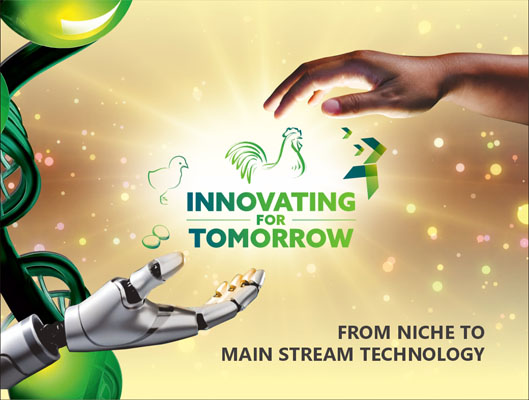 “The poultry industry is at a critical juncture where sustainability and efficiency must go hand in hand,” Mr. Singh states. “At ABTL, we recognize that long-term growth is only possible if we align our operations with environmental responsibility. Through precision nutrition, resource optimization, and AI-driven farm management, we are committed to ensuring a low-carbon, high performance poultry industry.” Looking ahead, Mr. Singh envisions ABTL evolving into a global leader in science-driven, sustainable solutions for the livestock industry. “The future of animal nutrition lies in next generation gut health solutions, microbiome science, systemic enzymatic solutions, and AI driven disease diagnosis,” he explains. “Our goal is to continue innovating and ensuring that India plays a defining role in shaping the global poultry industry.
“The poultry industry is at a critical juncture where sustainability and efficiency must go hand in hand,” Mr. Singh states. “At ABTL, we recognize that long-term growth is only possible if we align our operations with environmental responsibility. Through precision nutrition, resource optimization, and AI-driven farm management, we are committed to ensuring a low-carbon, high performance poultry industry.” Looking ahead, Mr. Singh envisions ABTL evolving into a global leader in science-driven, sustainable solutions for the livestock industry. “The future of animal nutrition lies in next generation gut health solutions, microbiome science, systemic enzymatic solutions, and AI driven disease diagnosis,” he explains. “Our goal is to continue innovating and ensuring that India plays a defining role in shaping the global poultry industry.
A Legacy of Innovation and Leadership
Beyond corporate leadership, Mr. Singh is a thought leader and industry influencer, actively mentoring young professionals in the agri-tech and poultry sectors. His message to the next generation is simple yet profound:
“Scientific knowledge is essential, but the ability to translate it into scalable, practical solutions is what drives impact. Stay curious, challenge conventional methods, and embrace disruption – because that is where true progress lies.”
With his pioneering work in poultry nutrition, biotechnology, and sustainable farming, O.P. Singh is not just transforming an industry – he is shaping the future of global food production.





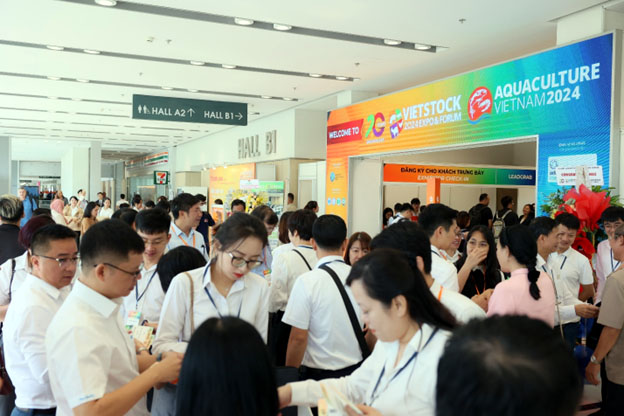
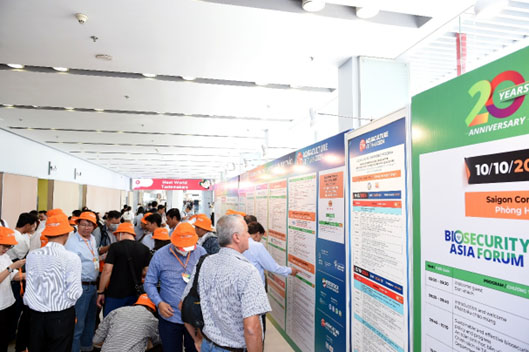
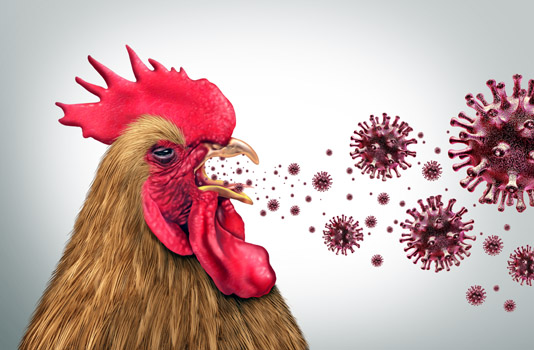

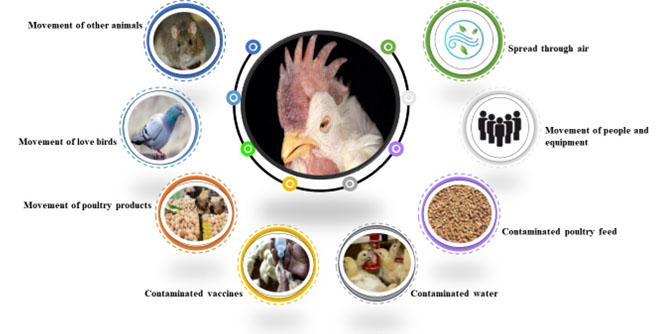 Why Summer Sees Major Outbreaks?
Why Summer Sees Major Outbreaks? Post Mortem Findings
Post Mortem Findings Treatment and Prevention
Treatment and Prevention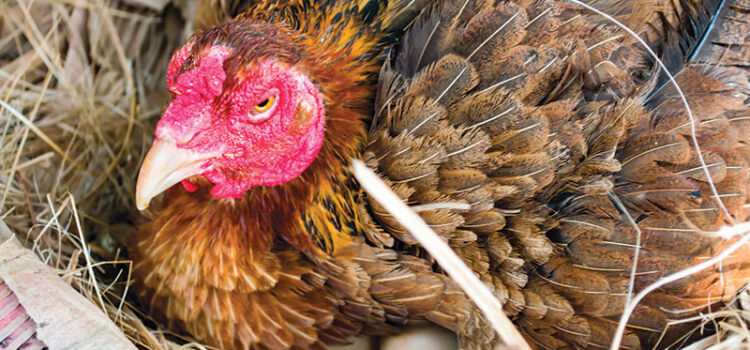
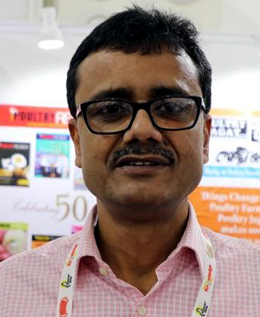
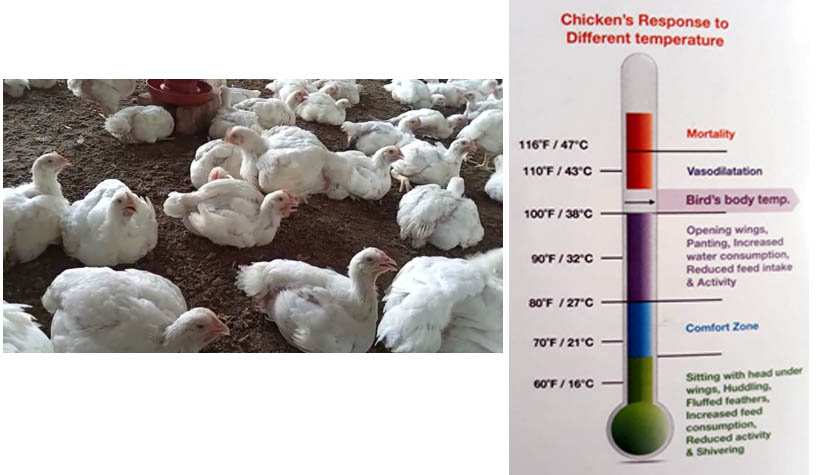 Physiological response of Chicken to elevated temperature and the Loss in Poultry?
Physiological response of Chicken to elevated temperature and the Loss in Poultry?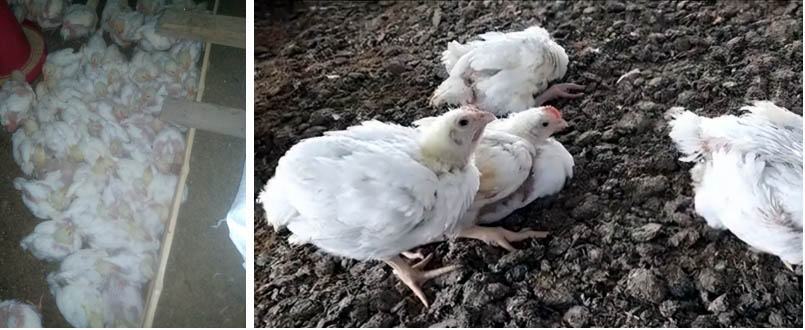 Disease Stress produces:
Disease Stress produces: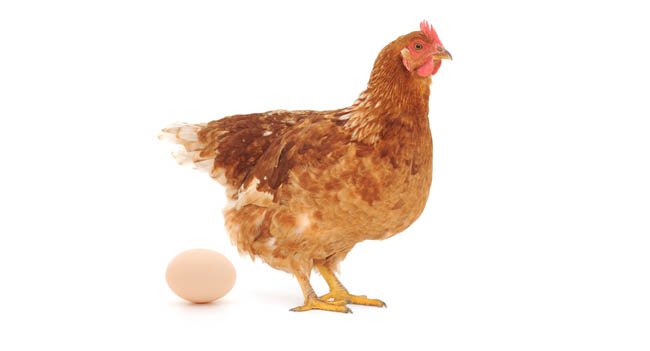

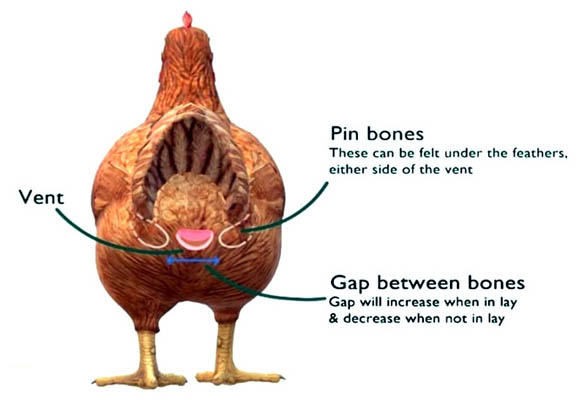 Pin Bone distance of a hen and the determination of laying stage
Pin Bone distance of a hen and the determination of laying stage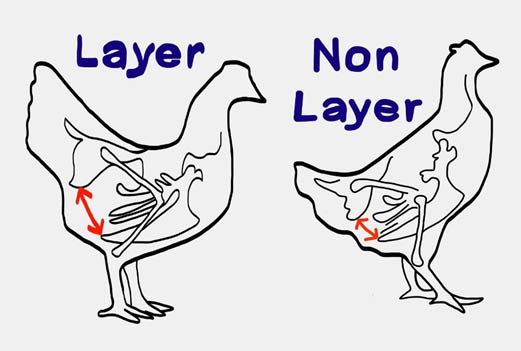 Body weight
Body weight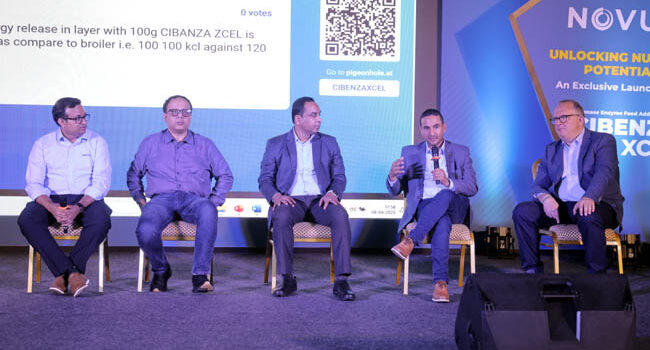

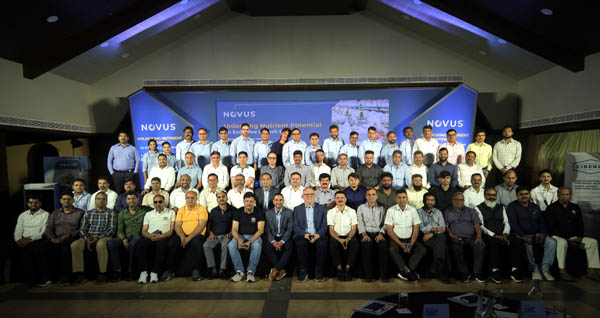 The launch of CIBENZA® XCEL Xylanase Enzyme Feed Additive in India signifies more than a product release. It marks the regional launching of a globally trusted solution now backed by NOVUS’ full-service technical expertise and brand promise.
The launch of CIBENZA® XCEL Xylanase Enzyme Feed Additive in India signifies more than a product release. It marks the regional launching of a globally trusted solution now backed by NOVUS’ full-service technical expertise and brand promise.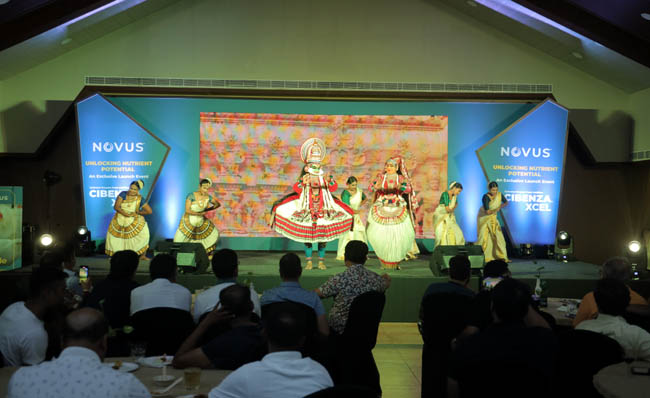 Farmers in India looking to optimize poultry production should contact their local NOVUS representative for customized solutions that work for their unique operation. Visit
Farmers in India looking to optimize poultry production should contact their local NOVUS representative for customized solutions that work for their unique operation. Visit 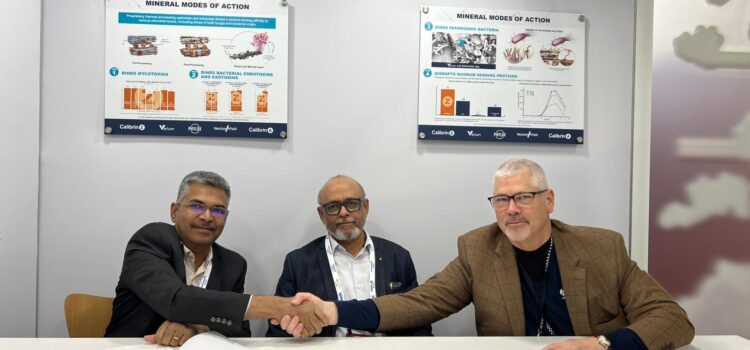


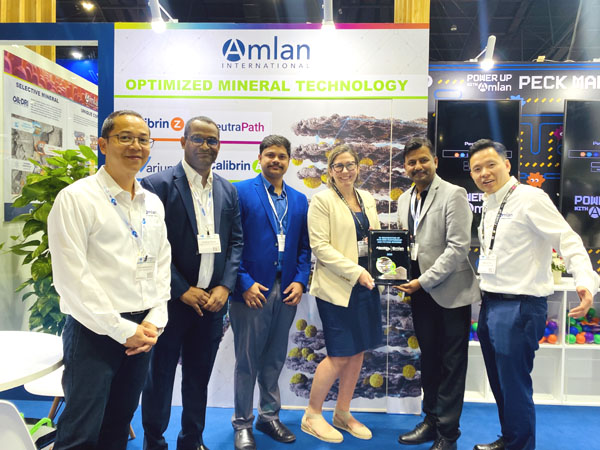 With India’s growing need for sustainable poultry production, this partnership will introduce innovative, science-backed solutions to optimize poultry performance. P. Karunanithi, Executive Vice President (Cluster Head), Animal Health Division at Alembic Pharmaceuticals Ltd., commented, “Poultry production efficiency starts with a healthy intestinal environment. By integrating Amlan’s innovative feed additive technologies into our portfolio, we are strengthening our commitment to delivering science-backed solutions that enhance poultry health and performance.”
With India’s growing need for sustainable poultry production, this partnership will introduce innovative, science-backed solutions to optimize poultry performance. P. Karunanithi, Executive Vice President (Cluster Head), Animal Health Division at Alembic Pharmaceuticals Ltd., commented, “Poultry production efficiency starts with a healthy intestinal environment. By integrating Amlan’s innovative feed additive technologies into our portfolio, we are strengthening our commitment to delivering science-backed solutions that enhance poultry health and performance.”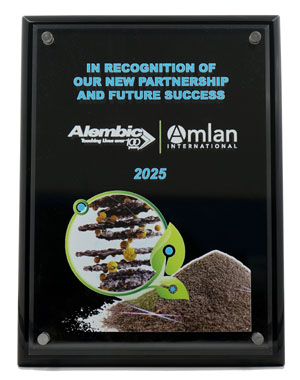
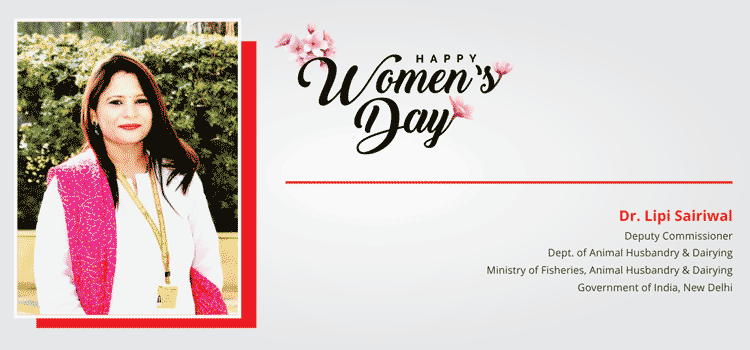
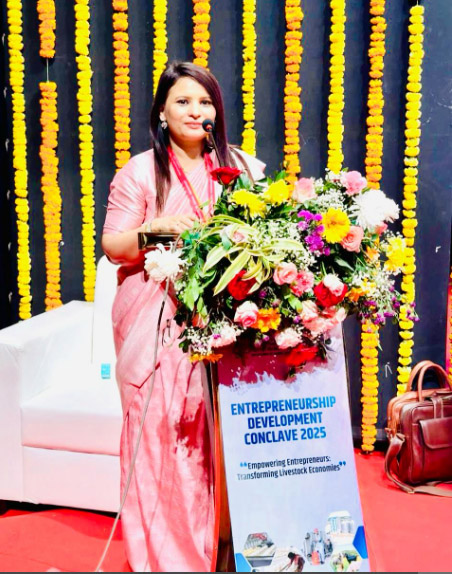 As Deputy Commissioner in the Department, I have an experience in the formulation of policies and the implementation of government schemes for the larger benefit of the livestock sector. I have actively worked for the digitalization of different credit-linked schemes of the Department and have explored the opportunities of strengthening the livestock sector by incentivizing the infrastructure in the livestock sector through different schemes of Government schemes. I have previously worked in various Livestock and Poultry Disease control programs, import and manufacture permission of Veterinary drugs and vaccines, feed additives/supplements, World organization of Animal Health (WOAH)-related issues, antimicrobial usage and resistance, One Health and zoonoses After joining the GoI, the root cause helped me in giving my best in framing of policies at central government.
As Deputy Commissioner in the Department, I have an experience in the formulation of policies and the implementation of government schemes for the larger benefit of the livestock sector. I have actively worked for the digitalization of different credit-linked schemes of the Department and have explored the opportunities of strengthening the livestock sector by incentivizing the infrastructure in the livestock sector through different schemes of Government schemes. I have previously worked in various Livestock and Poultry Disease control programs, import and manufacture permission of Veterinary drugs and vaccines, feed additives/supplements, World organization of Animal Health (WOAH)-related issues, antimicrobial usage and resistance, One Health and zoonoses After joining the GoI, the root cause helped me in giving my best in framing of policies at central government.